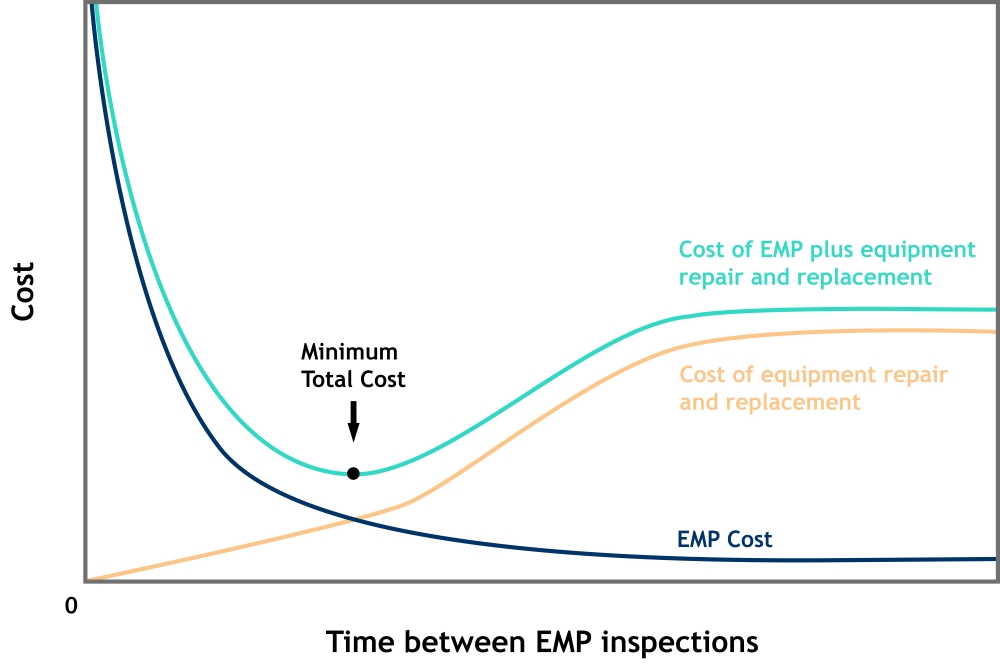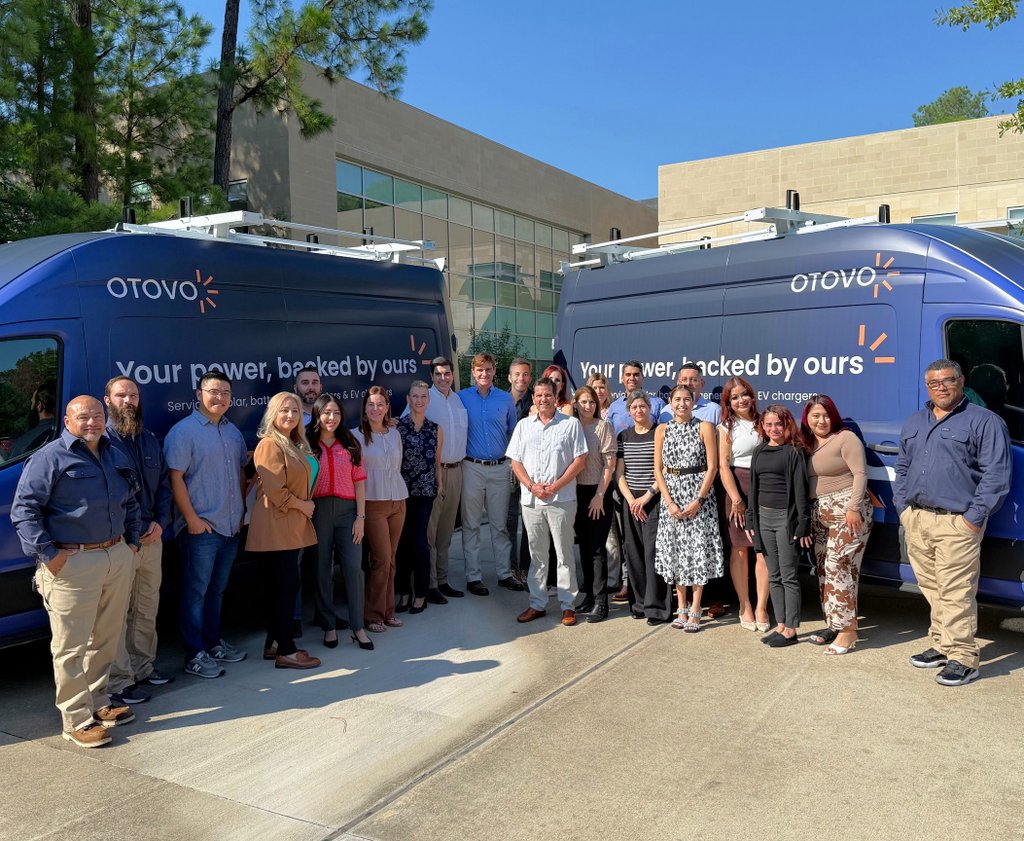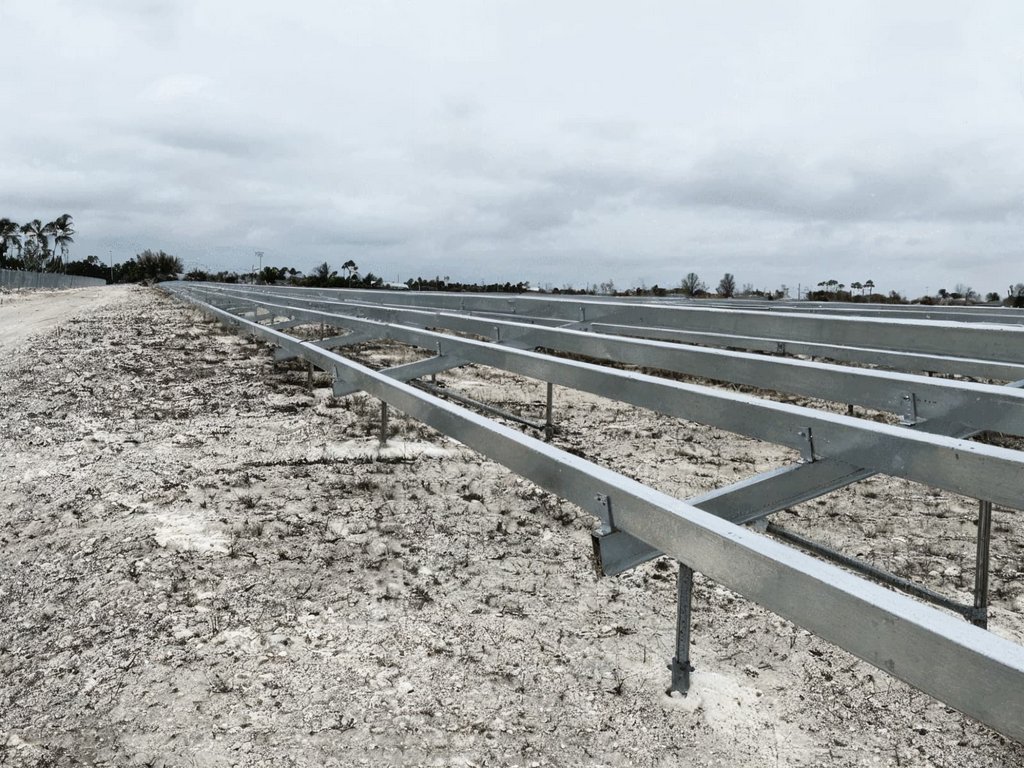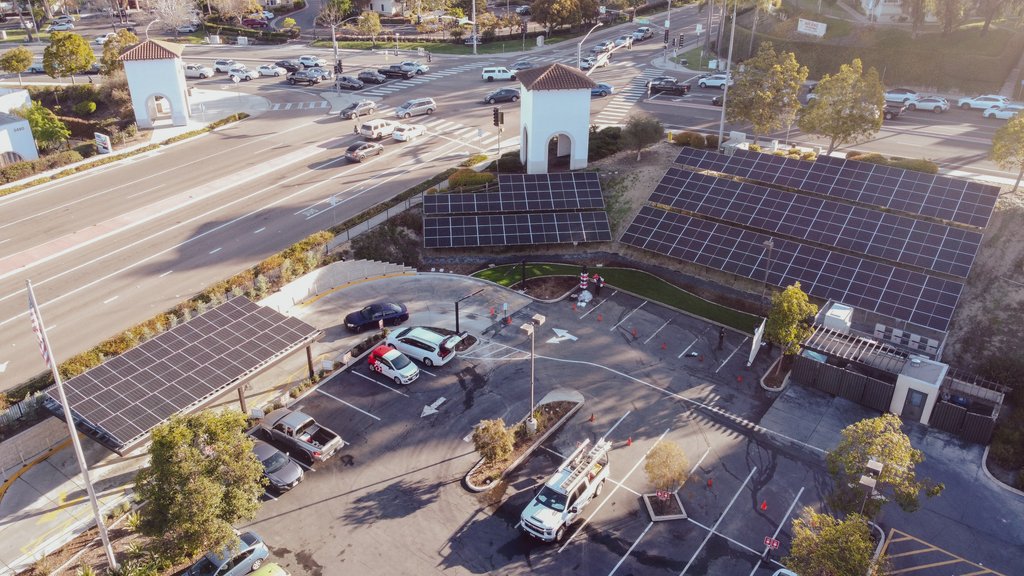Step-By-Step
How non-penetrating mounting systems are installed on flat rooftops
KB Racking, like SunLink (see story here), excels at flat rooftop installs. The Toronto-based company specializes in the development and manufacturing of mounting systems and has worked on projects in California, Colorado and New Jersey. One of its products — the AeroRack — is specifically designed to meet large-scale rooftop installations, with its lightweight aluminum system minimizing load reserves. Those at KB Racking provided an outline for how non-penetrating mounting and racking systems are installed on flat rooftops.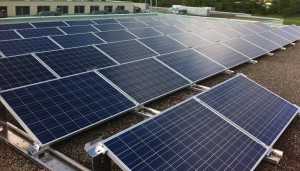
1 Prep for installation: The rooftop surface is cleaned of all dirt and obstacles to ensure a perfectly flat fit of module rails.
2 Install module rails: The PV system is measured on the roof, and building protection mats are laid down. Ground sections are measured and aligned, and rails are joined together using section connectors to form larger units.
3 Attach module supports: With KB Racking’s quick-click system, front and rear supports are clicked into place without tools or equipment.
4 Place ballast: Ballast is used if needed (some systems don’t need additional weight to hold it down on the rooftop).
5 Mount modules: Panels are placed onto the module supports and attached to the system with module clamps, and cabling is simultaneously installed.
6 Finish the system: Wind shields and optional side spoilers are attached to close the system, preventing wind up-lift. Grounding is also completed.
If the perfect fit for a flat rooftop, a non-penetrating mounting system has many advantages. The integrity of the rooftop is preserved while the benefits of solar energy are enjoyed.
The AeroRack system from KB Racking is corrosion-resistant and uses high-quality components that have been safety-tested for structural integrity. The system has gone through extensive wind simulations and wind tunnel testing to ensure the integrity of the system even at high wind speeds.
The sun isn’t the greatest concern in solar rooftop installs — it’s the wind. A shoddy installation can guarantee the system won’t do its job, and manufacturers like KB racking are trying to make the process as easy as possible for contractors.

